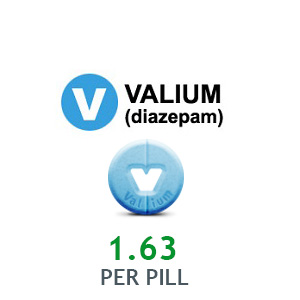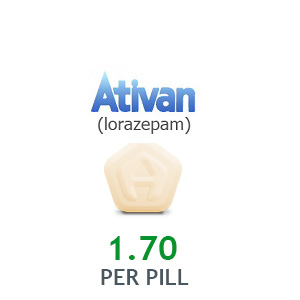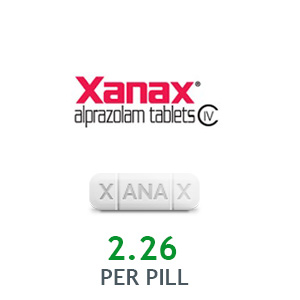Description
The active substance of Valium, diazepam, belongs to the group of benzodiazepine tranquilizers that provide anxiolytic, sedative, anticonvulsant and muscle relaxing effect. The substance was firstly added to the registry of FDA-approved substances in 1963. It is clinically confirmed that the effects the drug provides are achieved due to the activation of GABA, the main brake brain neurotransmitter.
How it works
By providing a selective inhibitory effect on certain parts of the brain, Valium causes emotional and vegetative relaxation, soothing, eliminates anxiety and improves sleep. More pronounced striated muscle relaxation is achieved by introducing dosages inhibiting spinal reflexes and affecting brain structures related to the limbic system, hypothalamus and thalamus. Diazepam is rapidly and completely absorbed in the digestive tract; the maximum plasma concentration is reached in 30-90 minutes after ingestion. After intramuscular injection a better absorption is achieved, but not necessarily faster than in case of oral administration.
The half-life period is potentially increasing in infants, sick, elderly and in patients with liver or kidney disease; thus a longer time may be required to achieve equilibrium concentration in plasma. The active substance and its metabolites pass through the blood-brain barrier and the placental barrier. They are also found in human milk at a concentration of about 1/10 of the blood plasma in the mother.
Indications for use
Vailum is assigned for symptomatic, complex treatment of anxiety (accompanied by pronounced mood and behavior disturbances), rapid heartbeat, sweating, insomnia, tremor, anxiety, etc.), agitation and stress at neuroses and transient reactive states; as an aid in significant psychological and organic disorders.
The solution for injection is used:
- For sedation before stressful therapeutic or diagnostic procedures some X-ray examinations, minor surgery, reduction of dislocation and fracture reduction, biopsy, dressing burn wounds, etc .;
- Relief of anxiety, fear, prevention of acute stress;
- For pre-medication prior to surgery in patients who experience a feeling of fear or stress;
- To relieve excited states in psychiatry;
- To treat paranoid-hallucinatory states of delirium tremens;
- To treat acute epilepticus and an array of other convulsive states;
- To facilitate the flow of the first stage of confinement (Valium mechanism of action is not clarified, yet the important role is probably played by the central sedative effect).
Both formulations are frequently prescribed to relieve muscle spasms associated with local injuries (trauma, wounds, inflammations, etc.). The drug’s effectiveness has been clinically confirmed in relief of spastic conditions observed with damage to the spinal and supraspinal intermediate neurons.
How to use
The dose is picked individually basing on the clinical picture and patient’s characteristics. The following standard daily doses are effective for most patients, although there may be certain consequences requiring dose adjustments. The usual dose for adults in the oral use varies between 5 – 20 mg per day depending on the symptom. A single dose when administered should not exceed 10 mg.
In urgent cases or in life-threatening situations, where the effect from of oral intake is insufficient, parenteral administration in larger doses is practiced. The treatment of anxiety disorders is usually performed within a few weeks, depending on the type of disease and the etiologic factors. After about 6 weeks from the start of therapy the further positive dynamics of the patient’s condition should not be expected; subsequent treatment can be considered only as supportive. During long-term maintenance it is necessary to make short-term interruptions between the drug reception, in order to assess the need for its further continuation. However, the treatment course must not be ceased sharply – a gradual reduction in the dosage is essential.




